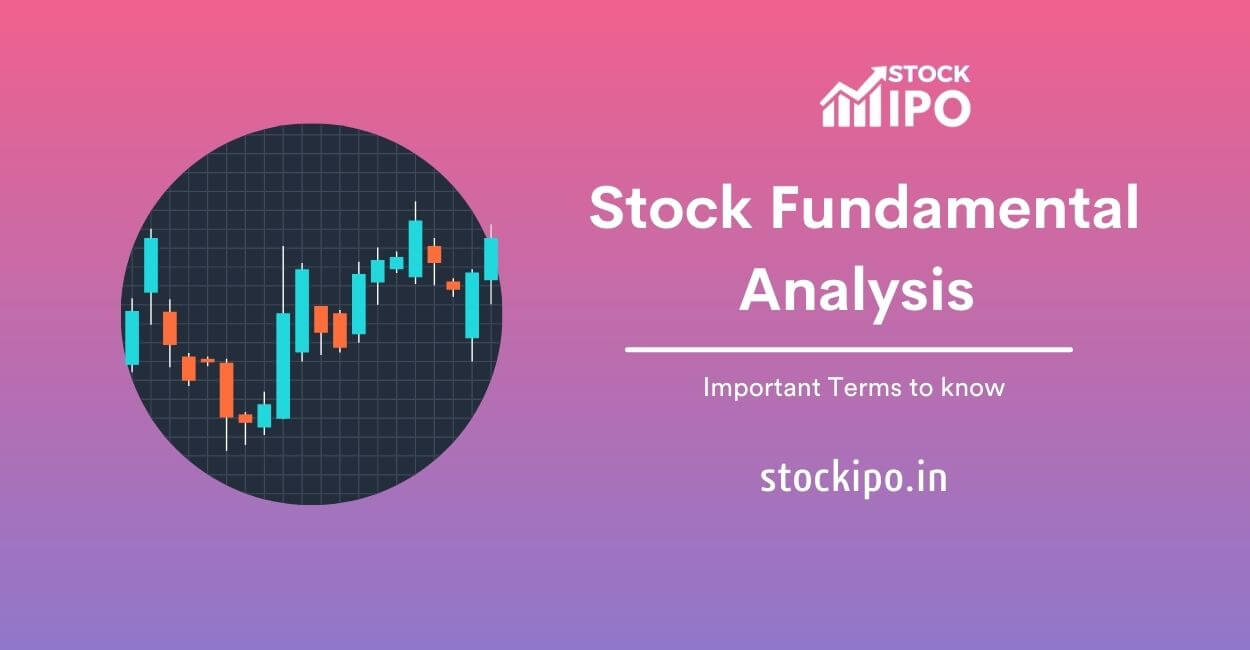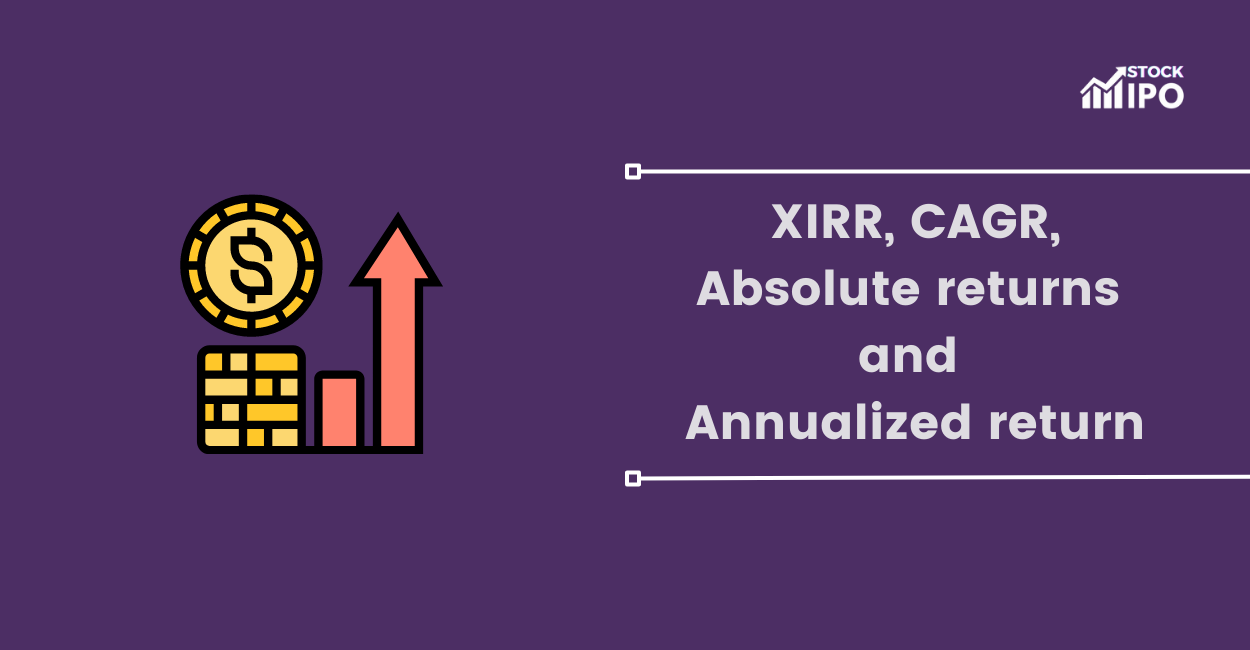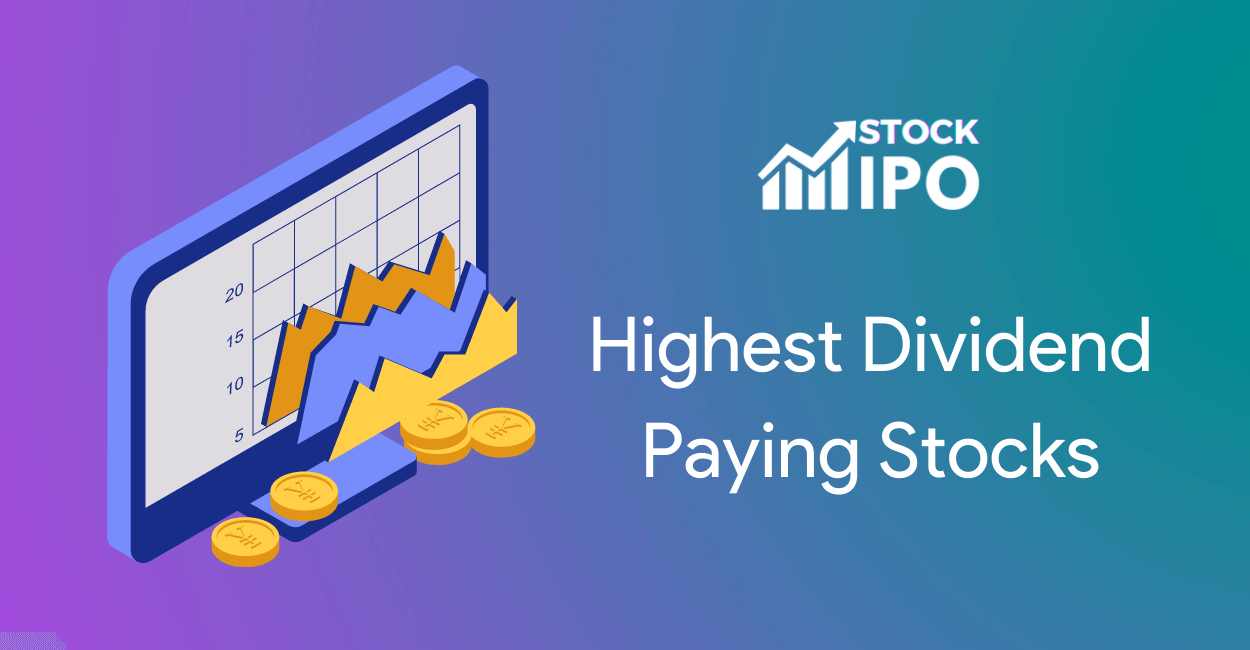In the world of stock investing, dividends often play a crucial role in attracting investors. The Dividend Payout Ratio (DPR) is a significant metric that gives insights into a company’s dividend policy and its profit allocation between dividends and retained earnings. Let’s explore this concept in detail.
What is the Dividend Payout Ratio?
The Dividend Payout Ratio is a financial metric that shows the proportion of earnings a company pays to its shareholders in the form of dividends. It essentially measures the percentage of net income that is distributed as dividends.
Formula
Dividend Payout Ratio = Dividends per Share (DPS) / Earnings per Share (EPS)
or
Dividend Payout Ratio = Total Dividends Paid / Net Income
How to Interpret the Ratio?
- High DPR: A high ratio (often above 70%) might indicate that the company is returning a large portion of its profits to shareholders. While this can be attractive for income-seeking investors, it might also mean that the company isn’t reinvesting enough into the business for future growth.
- Low DPR: A low ratio suggests that the company is retaining a larger portion of its profits for reinvestment or debt payment. It might also indicate potential for dividend growth in the future.
- DPR over 100%: This can be a red flag, suggesting that the company is paying out more in dividends than it’s earning, which might be unsustainable in the long run.
Importance of Dividend Payout Ratio:
- Investment Strategy Alignment: Some investors rely on dividends for regular income, especially during retirement. A stable or increasing DPR from a well-established company might appeal to them.
- Company’s Financial Health: A consistently high DPR can be concerning if the company isn’t generating enough profits to support it. Conversely, a low DPR might suggest the company sees more growth opportunities and is reinvesting its earnings.
- Industry Comparison: Companies in mature industries with limited growth opportunities (e.g., utilities) might have higher DPRs than those in growing industries (e.g., tech startups).
Limitations
- A low DPR doesn’t necessarily indicate a problem, especially if the company is growing and needs capital for expansion.
- On the other hand, a high DPR isn’t always a sign of strength. It’s essential to consider the sustainability of such dividends.
- It’s crucial to compare the DPR with industry peers, as what’s considered a “normal” DPR can vary widely from one sector to another.
Example
Consider a company, ABC Ltd., which reports an EPS of ₹50 and DPS of ₹20.
DPR = ₹20 / ₹50 = 0.4 or 40%
This means ABC Ltd. pays out 40% of its earnings as dividends to shareholders.
Conclusion
While the Dividend Payout Ratio is a valuable tool in assessing a company’s dividend policy, it’s just one piece of the puzzle. Investors should combine this with other financial metrics, company growth prospects, industry trends, and overall economic factors to make an informed decision.






